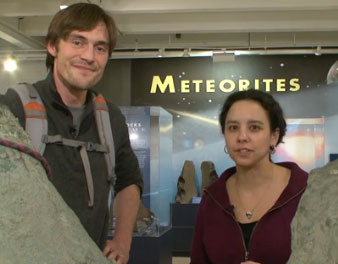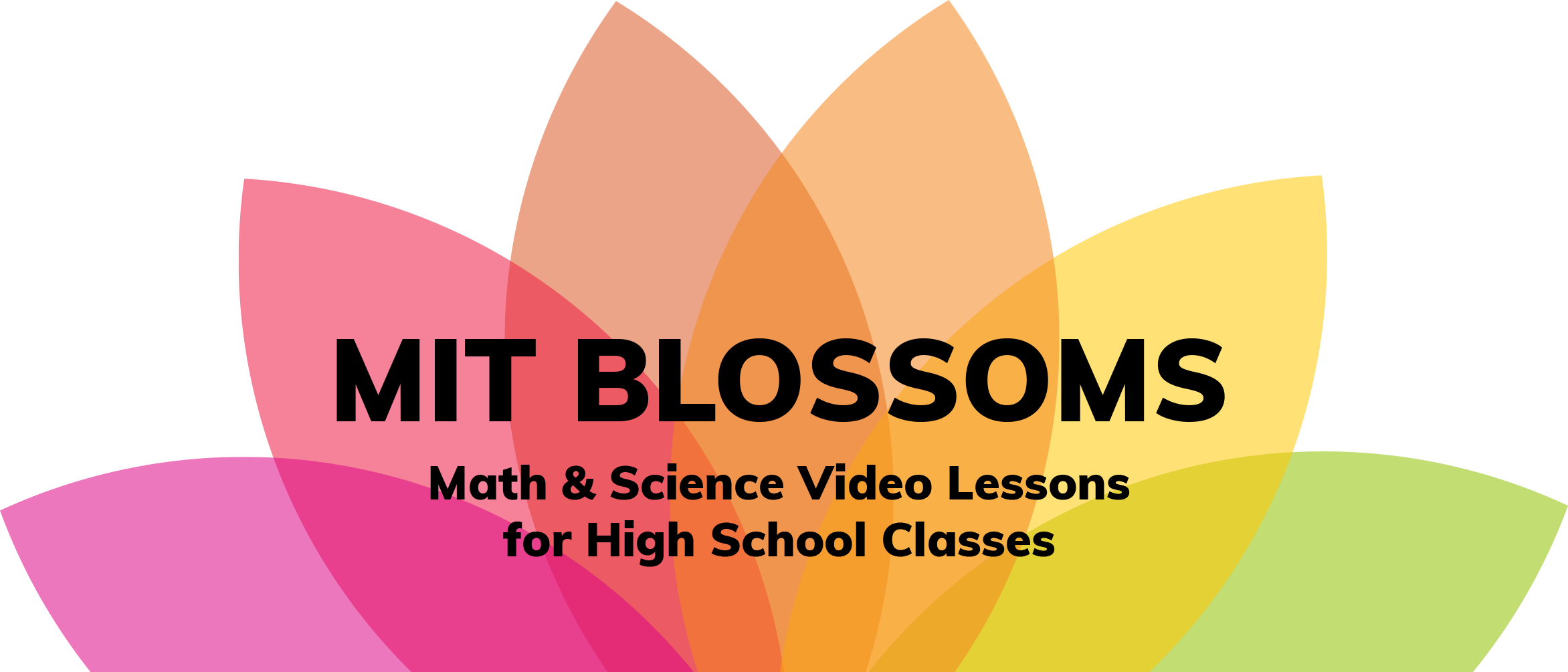Nature: Adaptive differentiation following experimental island colonization in Anolis lizards
This is a link to the original article on the lizard research done by Jonathan Losos and his colleagues, entitled Adaptive differentiation following experimental island colonization in Anolis lizards.
Starting Point: Teaching about Radiometric Dating
This site, presented by Starting Point: Teaching Entry Level Geoscience, provides resources for teaching about radiometric dating.
Time Scale Creator
This website, Time Scale Creator, enables you to explore and create charts of any portion of the geologic time scale from an extensive suite of global and regional events in Earth History.
Back-of-the-Envelope Calculations: Height of the Himalayas
This site, sponsored by teaching Quantitative Skills in the Geosciences, provides a back-of –the envelope calculations exercise on figuring the height of the Himalayas.
The National Science Digital Library
This site, The National Science Digital Library, provides general resources for teaching Earth Sciences and Evolution.
The Science Education Resource Center
This site is presented by The Science Education Resource Center (SERC), an office of Carleton College that works to improve education through projects that support educators. There are numerous resources for Earth Science.
Long Times Intervals
Harrison Brown discusses the significance of long time intervals and describes how radioactive dating arrives at an estimate for the age of the earth. For more info on PSSC, its history, and films, visit here.



